Software Defined Networking (SDN) is a network architecture that simplifies network management and enables innovation in communication networks. SDN decouples the control and data planes; the control plane is logically centralized and makes the decisions that the data plane implements: the network becomes “programmable”. This separation of the control and data planes in SDN opens security challenges, such as man-in-the middle attacks, denial of service (DoS) attacks, and saturation attacks.
(more…)Blog
bla, bla, bla .... :)

Setting up Remote Access VPN for Firepower Threat Defense
Remote Access VPN (RA VPN) is available in Firepower Threat Defense (FTD) 6.2.1 for 2100 Platforms. For all other Platforms it will be supported on version 6.2.2.
(more…)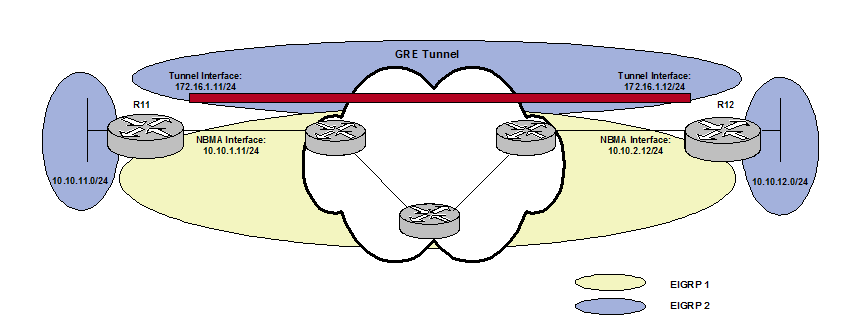
GRE and IP in IP Tunnels
GRE is a tunneling mechanism able to transport packets of one protocol within another protocol. The passenger protocol is the protocol carried, and the transport protocol is the protocol that is used for carrying the passenger protocol. GRE uses IP as the transport protocol and can be used for carrying many different passenger protocols (IPv4, IPv6 or non-IP protocols such as CLNS or IPX).
(more…)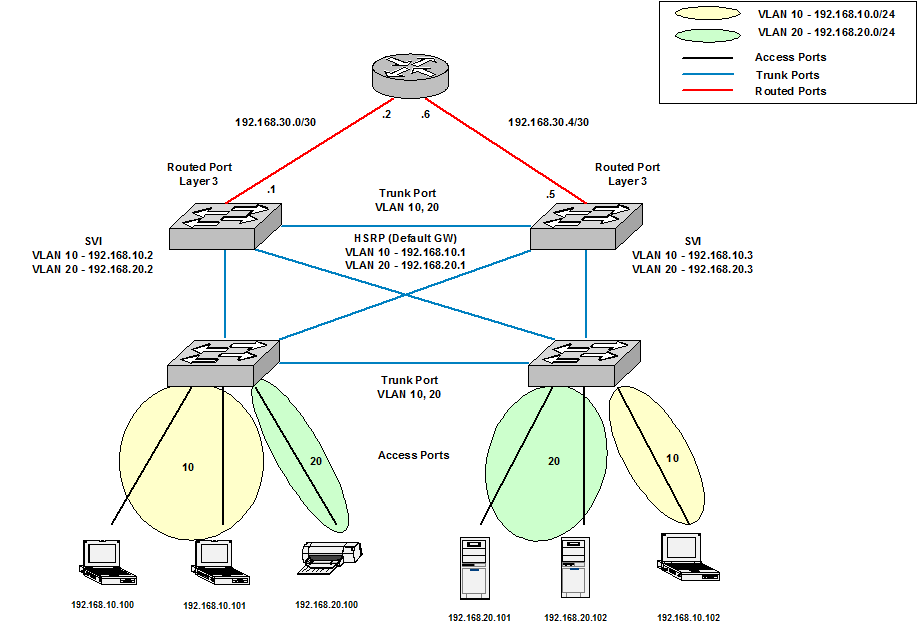
VLANs, Trunks, Port Types and Interfaces
The aim of this post is to explain basic concepts in the networking field such as Virtual LANs (VLANs), Port Types and Interfaces.
(more…)
Wannacry and NHS Lothian
I was reading the Spanish news when I first heard about Telefonica being attacked by an unknown ramsonware. The situation seemed to be quite critical, according to the news this malware was able to spread quite easily and some Telefonica’s customers apparently were impacted as well.
(more…)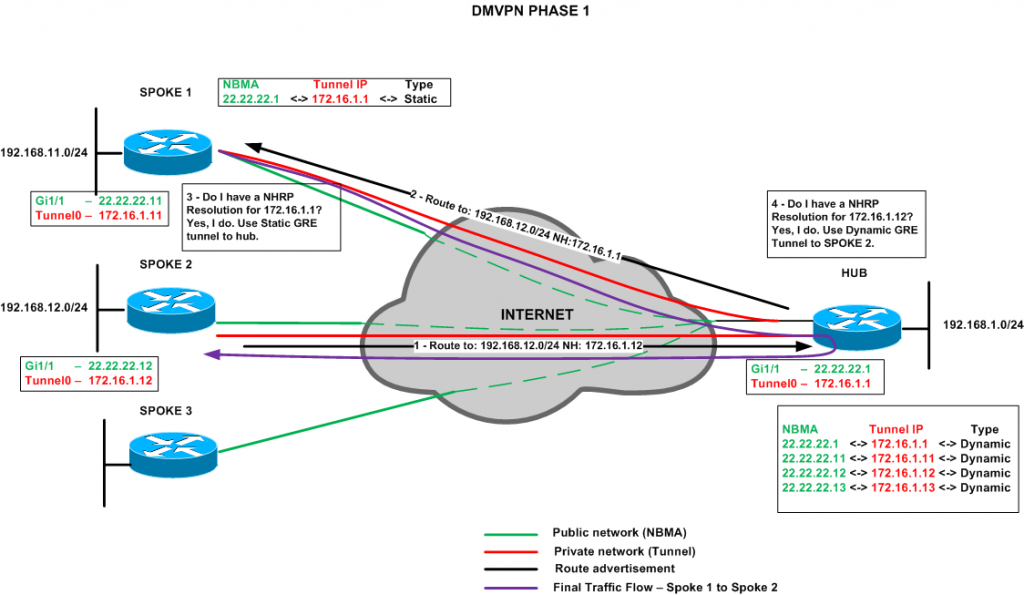
Dynamic Multipoint VPN (DMVPN) and IGP Routing Protocols
Dynamic Multipoint VPN (DMVPN) is a multipoint GRE-based tunnelling technology. DMVPN consists of one or more hub routers that are configured as Next-Hop Resolution Protocol (NHRP) Next-Hop Servers (NHS). NHS, or hubs, are used to create mappings between the public IP address used for the tunnel source (NBMA address), and the private IP address used inside of the tunnel (tunnel address).
(more…)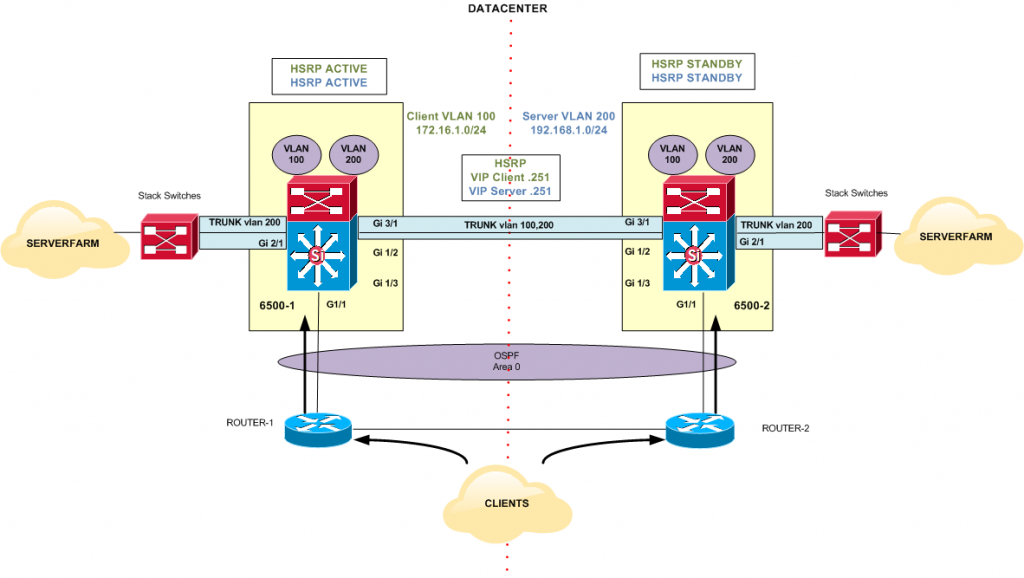
Datacenter Application Control Engine (ACE) – High Availability
Although Cisco Application Control Engine (ACE) modules are End of Live, it is still common to find them deployed in Datacenters. The intention of this post is to get a better understanding of a High Availability deployment for Routed Mode with some cases of study.
(more…)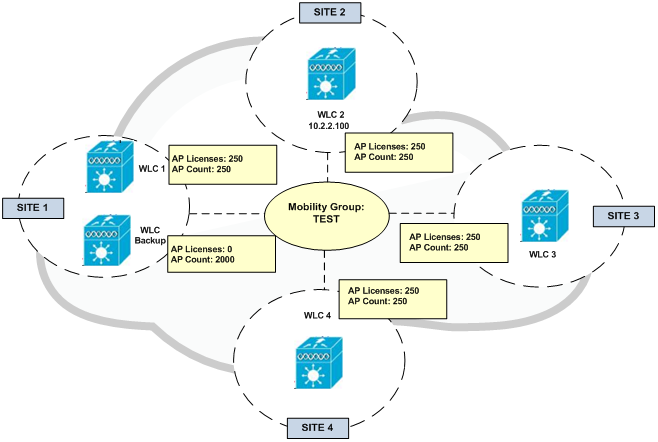
N+1 HA Wireless LAN Controller
N+1 HA /HA-SKU Wireless Controller Redundancy
The N+1 HA feature builds upon the N+1 redundancy model by allowing a single WLC (Wireless LAN Controller) to be deployed as a backup for multiple primary WLCs. N+1 deployment requires additional AP licenses to be purchased for the backup WLCs which are unused during normal operation.
(more…)
Recent Comments